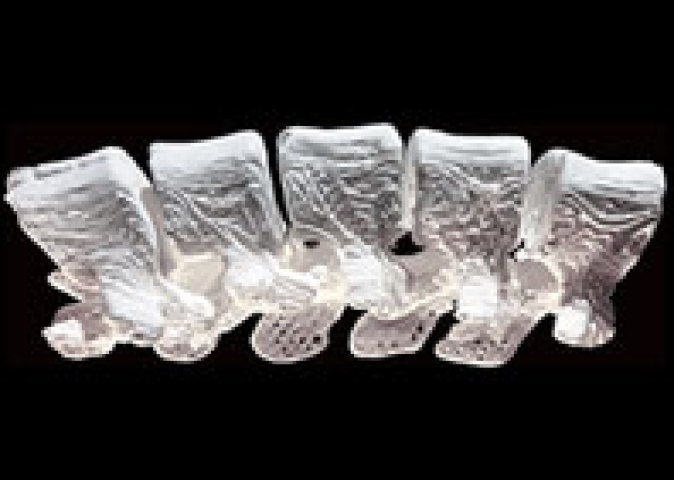Hyperelastic 3D bone

3D-printing and grafting a flexible artificial bone in an operating theatre: that was the technological and scientific challenge that researchers at Chicago's Northwestern University decided to take on.
The researchers developed a new biomaterial made from hydroxyapatite and a polymer, which they christened "hyperelastic bone". It could revolutionise bone implants and orthopaedic surgery, at a lower cost of production.
They stated that the bone has similar properties to a human bone, is easy to implant and does not run the risk of rejection by the host - its biocomponents degrade naturally, and gradually, until the human bone is fully healed.
In addition, "the time required to manufacture a tailor-made implant for a patient could be no longer than twenty-four hours", explained Ramille N. Shah, the researcher heading the project. This could revolutionise cranofacial and orthopaedic surgery and, I hope, improve results for patients."
Customised printing would have undeniable advantages as regards treating bone problems in children. Thanks to this technology, their bones could continue to grow around the artificial implant, as shown in the first experiments.
"Implanting a permanent implant in young patients requires surgery to be conducted during growth. This may lead them to have to deal with many difficulties over the years", emphasised Ramille N. Shah.
A promising invention whose first clinical applications should appear in 2021.
More information
http://shahlab.northwestern.edu/
© Adam E. Jakus, PhD





